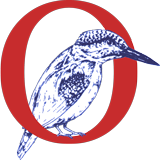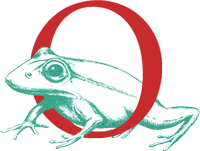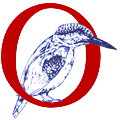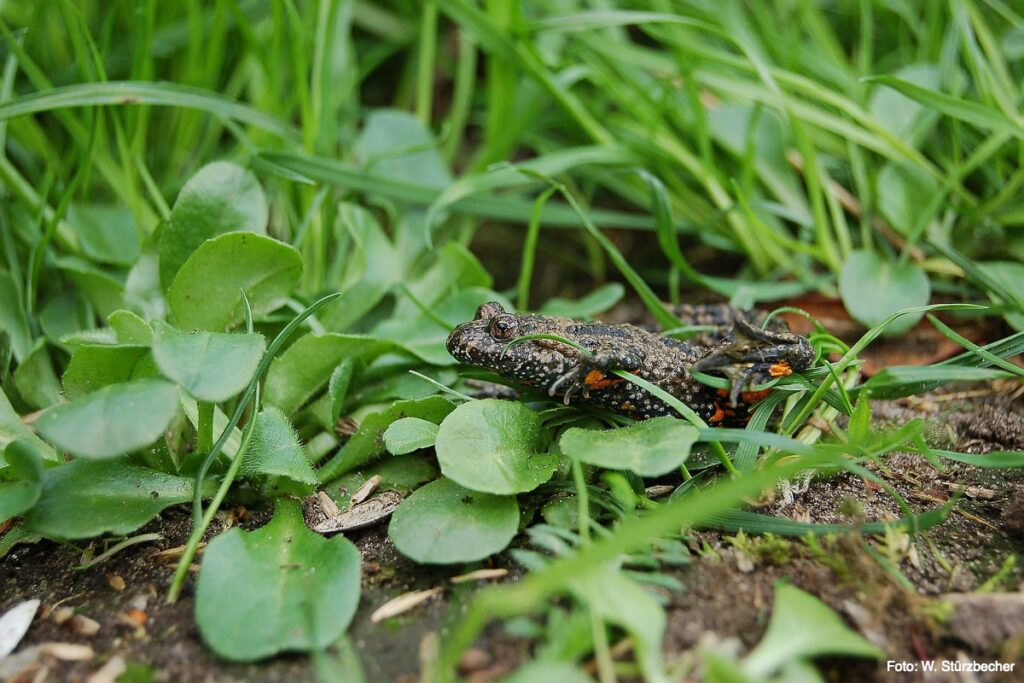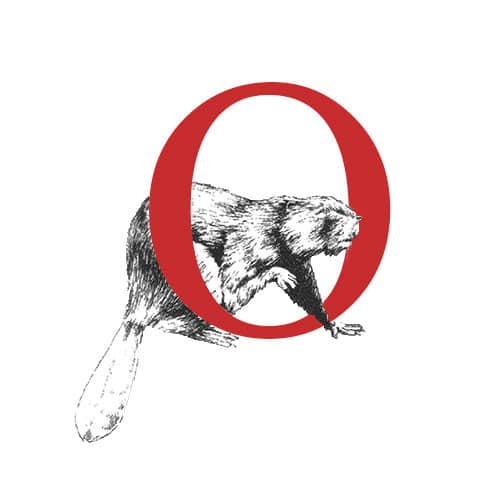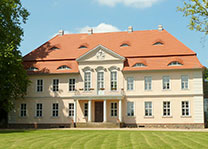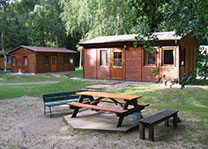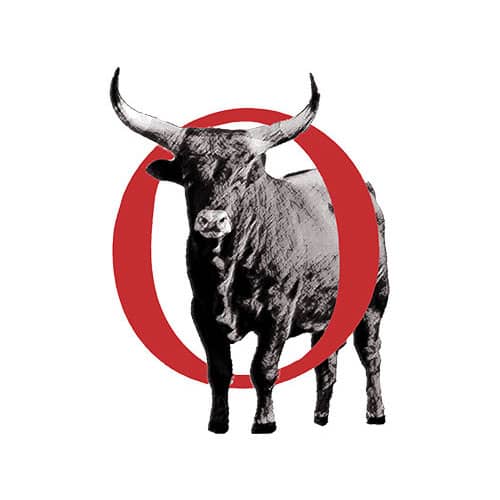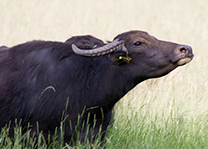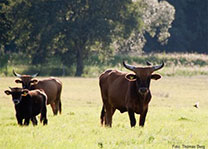![]() For many years there has been a drastic decline in the ampibian population in Germany and even worldwide. The most common cause of this development is the loss or degradation of aquatic and terrestrial habitats. In the area of the Lower Oder Valley National Park, the amphibian populations, in particular the fire-bellied toad, appear to be excluded from this general development. Unfortunately, this cannot be said about the populations in Denmark and Slovenia, because the current reproduction rates there are too low to be able to maintain the populations. Another reason for the decline in the number of amphibians in Slovenia is the compaction of the road network, over 300,000 animals die on the roads every year. The “LIFE AMPHICON” project, an acronym from “AMPHIbian CONservation and Habitat Restoration”, sums up the problems at the root. The EU-LIFE project runs for seven years (November 2019 — December 2026). The total budget is around 8 million euros. The financing consists of the partners’ own contribution and 60% funding from the EU-LIFE program (EU funding instrument for the environment). The National Park Association has around 866,000 euros available for the project. The project is shouldered by three EU countries and carried out in certain Natura 2000 locations in these countries: In Slovenia (Ljubljansko barje, Radensko polje, Bohor, Jovsi), Germany (Felchowsee area) and Denmark (Tårup Strand).
For many years there has been a drastic decline in the ampibian population in Germany and even worldwide. The most common cause of this development is the loss or degradation of aquatic and terrestrial habitats. In the area of the Lower Oder Valley National Park, the amphibian populations, in particular the fire-bellied toad, appear to be excluded from this general development. Unfortunately, this cannot be said about the populations in Denmark and Slovenia, because the current reproduction rates there are too low to be able to maintain the populations. Another reason for the decline in the number of amphibians in Slovenia is the compaction of the road network, over 300,000 animals die on the roads every year. The “LIFE AMPHICON” project, an acronym from “AMPHIbian CONservation and Habitat Restoration”, sums up the problems at the root. The EU-LIFE project runs for seven years (November 2019 — December 2026). The total budget is around 8 million euros. The financing consists of the partners’ own contribution and 60% funding from the EU-LIFE program (EU funding instrument for the environment). The National Park Association has around 866,000 euros available for the project. The project is shouldered by three EU countries and carried out in certain Natura 2000 locations in these countries: In Slovenia (Ljubljansko barje, Radensko polje, Bohor, Jovsi), Germany (Felchowsee area) and Denmark (Tårup Strand).
The specific goals include the protection and securing of endangered amphibian populations, the exchange of experience between the project partners and the strengthening of international nature conservation networks. But the population of the regions should also be made aware of environmental protection and the development of amphibian populations. The red-bellied toad is the focus in all three project countries; the Alpine crested newt, yellow-bellied toad, agile frog, moor frog, European tree frog and northern crested newt are also target species in Slovenia.
The situation of the red-bellied toad population is to be improved through the revitalization of existing and the creation of new habitats such as spawning or summer waters and through breeding. Living spaces are additionally secured by purchasing land. In Slovenia, amphibious control systems are being built for the first time along the roads that are mostly affected. The wealth of experience of the Danish and German partners is extremely valuable.
- Fire-bellied toad
In 2020, the first areas were purchased and intensive monitoring of the current status of the populations in all project areas was carried out. In Tårup Strand the first tadpoles from a successful offspring have even been released. In the next few months, the data will be evaluated and, if necessary, supplemented by further monitoring. The action plans for the implementation of the measures are then drawn up. Amphi International ApS assists the National Park Association in implementing the project goals.
Additional information
You can find out about current developments on the project’s homepage.
EU LIFE reference: LIFE18 NAT / SI / 000711
This project is partially financed by the LIFE funding instrument of the European Union.
Publications
- Fire-bellied toad in the Lower Oder Valley National Park
Project manager
Dr. Gabriele Joanna KOWALSKI supervises the projects GO-GRASS and LIFE AMPHICON as a project manager for the Association of Friends of the German-Polish European National Park Lower Oder Valley e.V.
Gabriele Kowalski is responsible for coördinating the tasks of the National Park Association in the context of two EU projects: LIFE AMPHICON and GO-GRASS . In addition to the financial administration, she oversees the implementation of nature conservation measures, communication with regional and national partners and public relations for both projects on site. In addition to these tasks, she is the new contact person for questions about ours Bison .
Gabriele Kowalski did her doctorate at the University of Potsdam in animal ecology on movement behavior in fragmented landscapes (title: “Animal movement patterns across habitats: connecting biodiversity”). During her studies at the universities in Marburg and Bielefeld, her focus was on topics relating to nature and species protection, behavioral research and population genetics. Early on in her studies, Gabriele Kowalski’s paths and the National Park Association crossed during an internship lasting several weeks. Gabriele Kowalski speaks German and Polish as a native speaker and speaks English fluently, so she is an ideal addition to the team of the National Park Association.
Telephone: +49 3332–2198-25 (office hours only on Thursday)
Curriculum vitae: https://www.linkedin.com/in/gabriele-joanna-kowalski/
